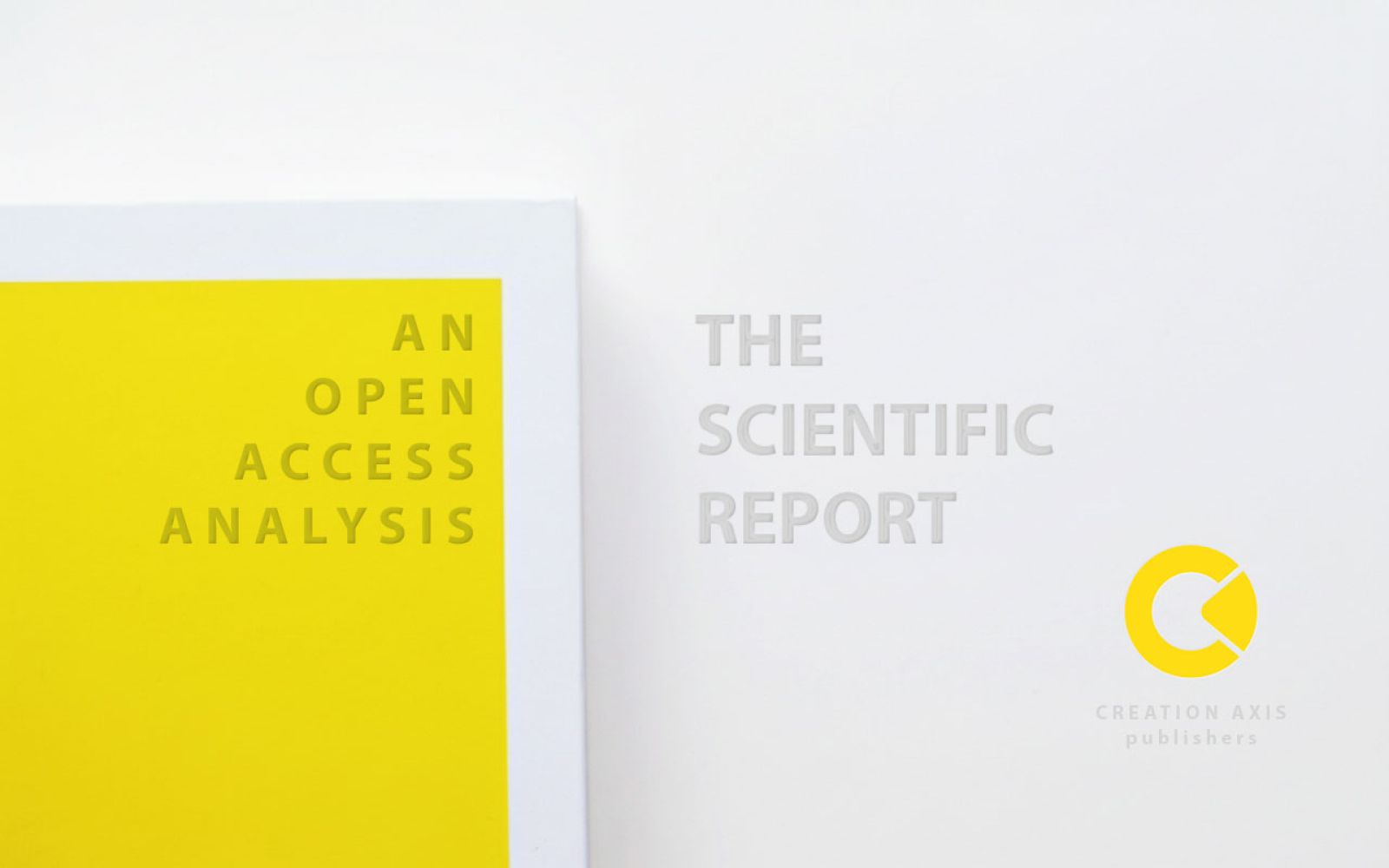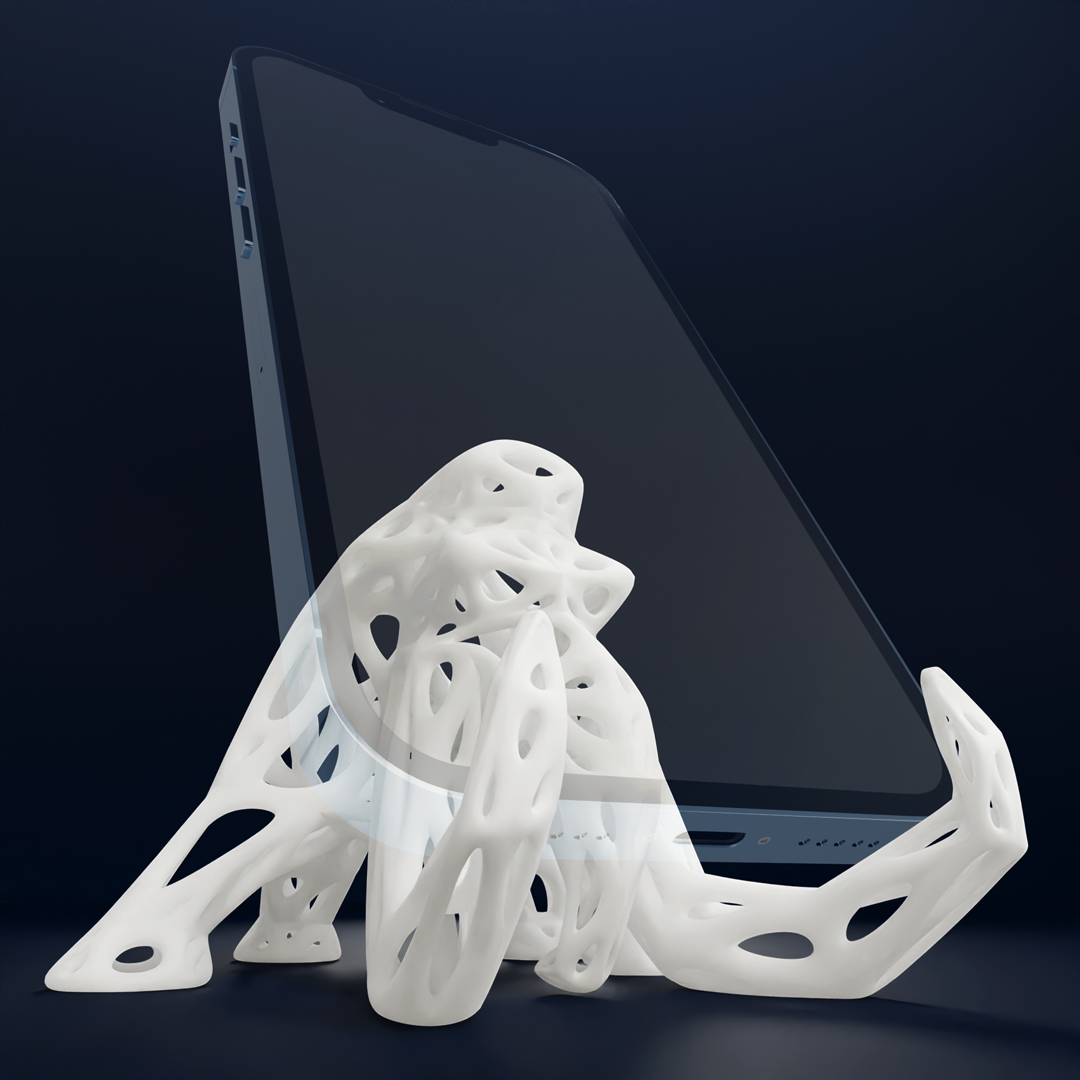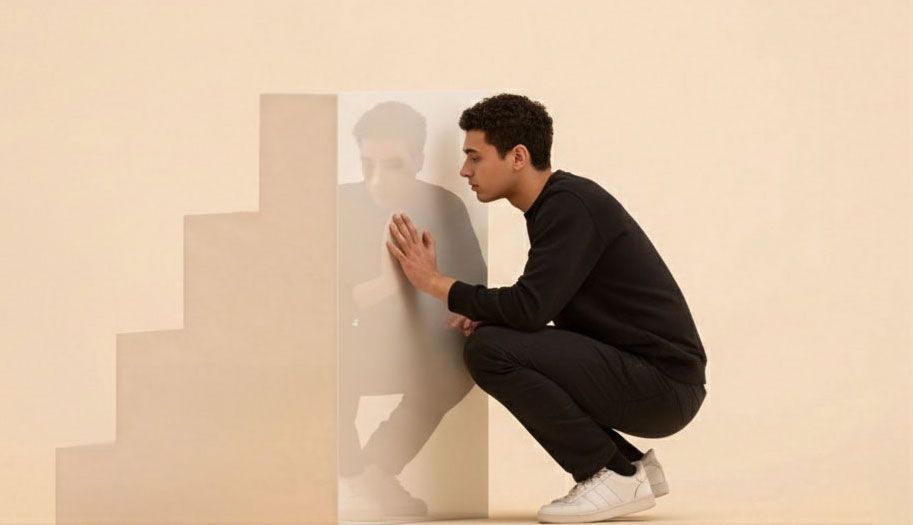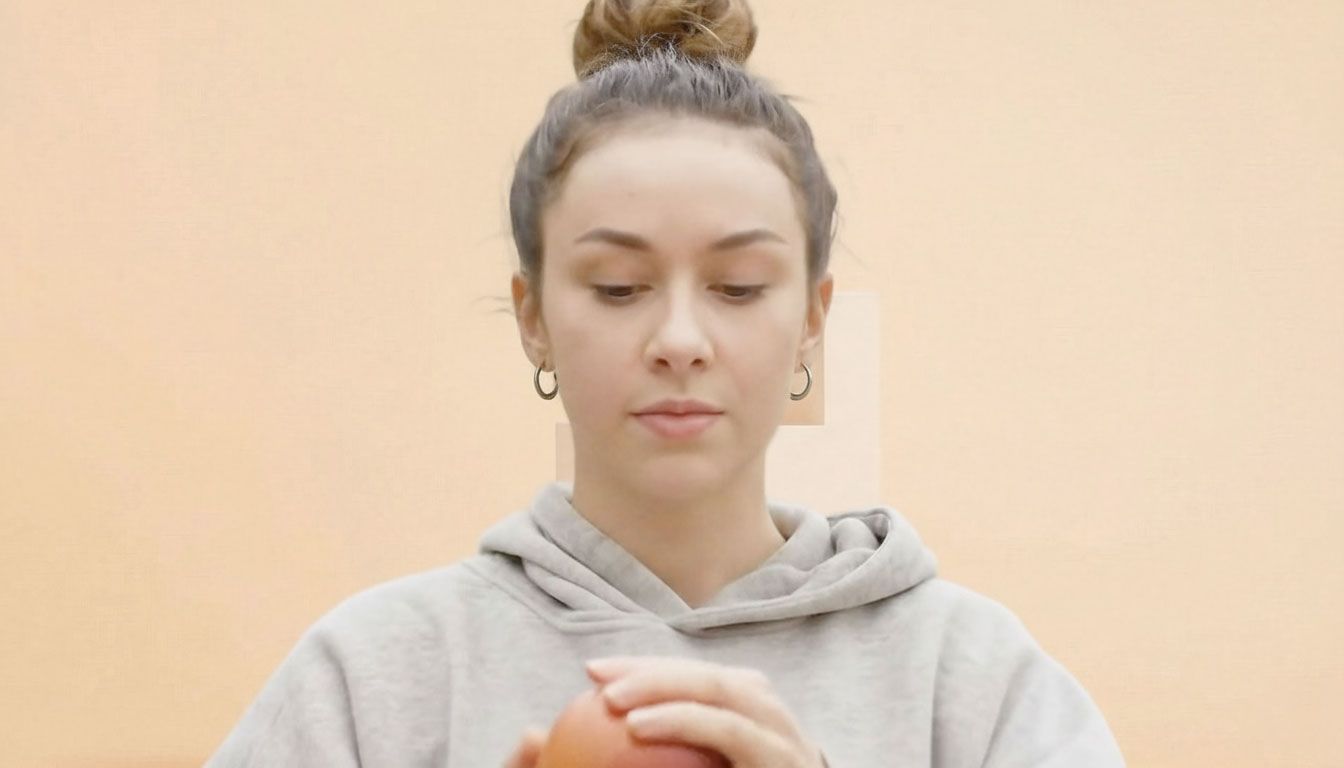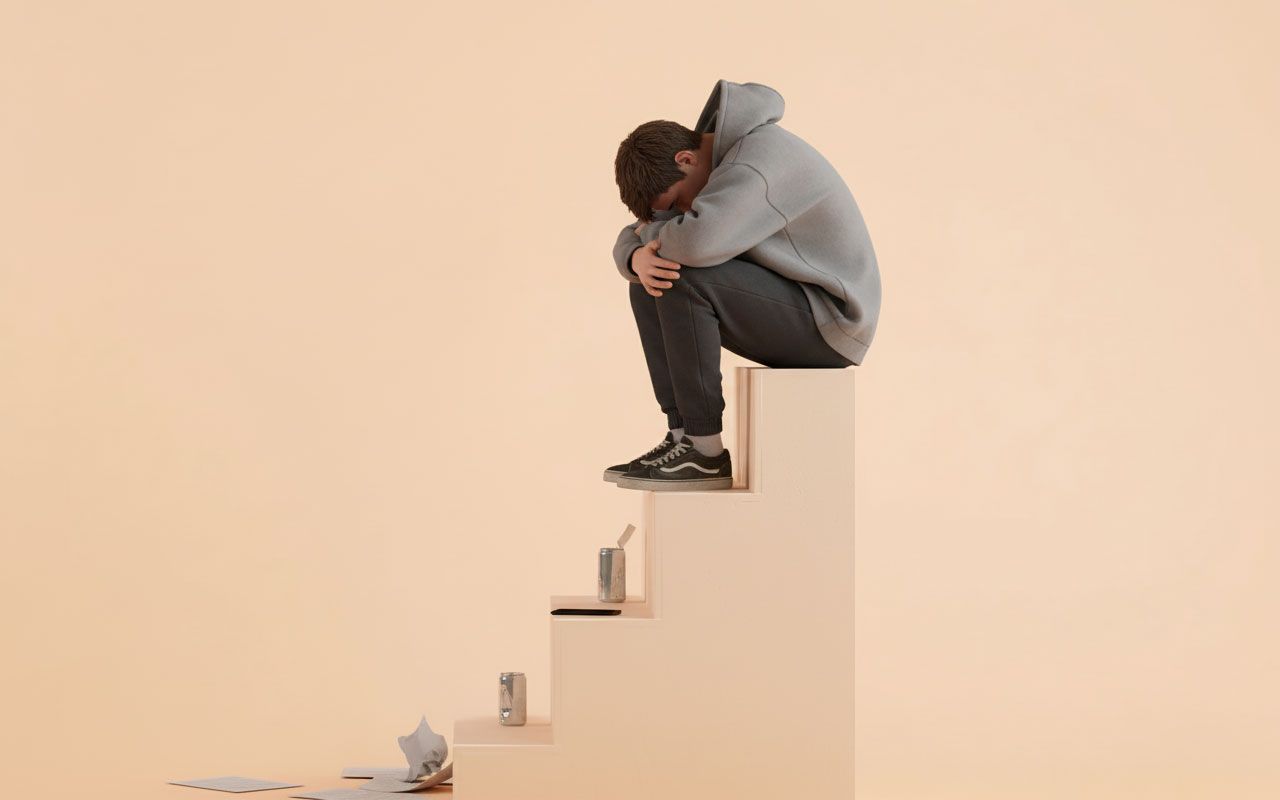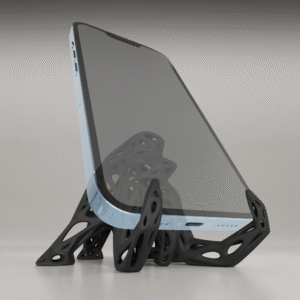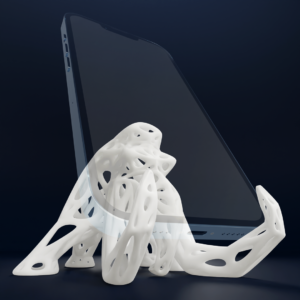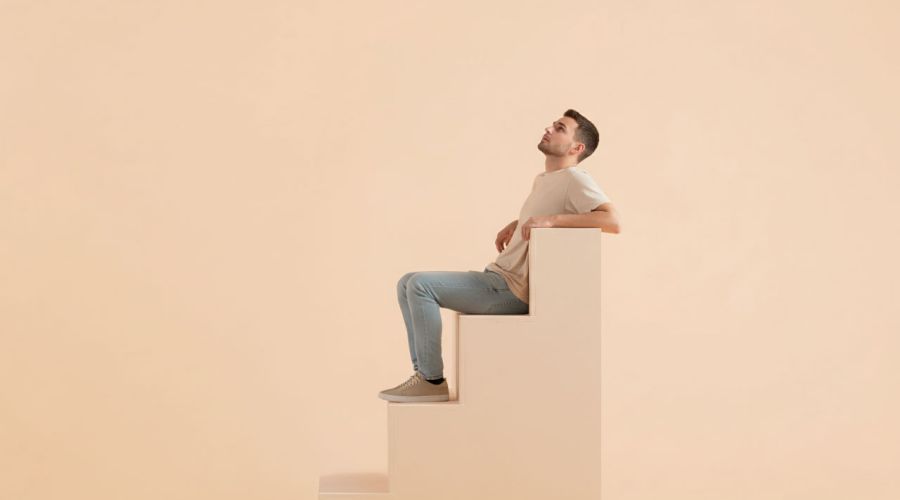
Let’s be real. Does life sometimes feel like you’re trying to run a marathon, but you’re wearing a backpack full of rocks?
If you’re nodding along, take a deep breath. You are not broken, and you are definitely not alone. What you’re feeling is the silent weight that our generations—Millennials, Gen Z, and even Gen Alpha—are carrying.
It’s a collective experience, a global mental health crisis that’s touching nearly one in eight people worldwide. But this isn’t another article to make you feel helpless. This is a conversation. This is your guide to understanding the “why” behind the weight and, more importantly, how to start setting those rocks down, one by one…
The “Why” Behind the Weight
It’s not just in your head. The world we’ve grown up in is fundamentally different, and our brains are struggling to keep up.
- The Pressure Cooker Life: From student loan debt and the gig economy to the sheer cost of living, financial stress is a constant hum in the background for many of us. This isn’t just “adulting”—it’s navigating a system that creates a vicious cycle of financial strain and psychological distress.
- The Doomscroll Dilemma: Our phones are our windows to the world, but right now, that window often shows a world on fire. Constant exposure to traumatic news about climate change, social injustice, and conflict isn’t something our nervous systems were built to handle 24/7. It leads to a very real sense of “eco-anxiety” and secondary trauma, leaving us feeling helpless and scared for the future.
- The Tech Paradox: Social media connects us, but it’s also a breeding ground for comparison, cyberbullying, and the Fear of Missing Out (FOMO). That quick hit of dopamine from a “like” can desensitize our brain’s reward system over time, making it harder to find joy in real-world activities. It’s an architecture of distress disguised as connection.
It’s Not Just a Feeling—It’s Physical
Ever feel exhausted for no reason? That’s because this mental weight has physical consequences. The blue light from our screens, especially late at night, messes with our melatonin production—the hormone that tells our body it’s time to sleep. This disrupts our natural body clock, leading to poor sleep, which is a direct trigger for both anxiety and depression.
The constant notifications and pressure to be “on” also keep our bodies in a low-grade state of “fight-or-flight,” pumping out the stress hormone cortisol. Over time, this chronic stress can lead to everything from burnout to physical aches and pains. So no, you’re not just “being dramatic”—your body is genuinely struggling to cope.
Your 3-Step Healing Starter Pack
Knowing the “why” is validating, but it’s not a solution. Healing isn’t about fixing the world overnight; it’s about reclaiming your power and starting where you are. Think of this as your personal coaching plan to begin lifting the weight.
Step 1: Curate Your Reality
You can’t control the world, but you can control what you let into your mind. This isn’t about logging off forever; it’s about using technology as a tool, not letting it use you.
• The Action: Do a “Feed Audit.” Go through your social media right now. Unfollow every account that makes you feel anxious, inadequate, or angry. Mute words or phrases that trigger your stress. Then, actively follow accounts that are inspiring, calming, funny, or just neutral. Fill your digital space with things that nourish you, not drain you. Turn off all non-essential notifications. Your brain deserves a break.
Step 2: Reconnect with the Real World
Loneliness is a huge part of this crisis, and digital interaction is like junk food for our social soul—it fills a space but doesn’t truly nourish. We need genuine, real-world connection.
• The Action: Make one small, tangible plan. Don’t overwhelm yourself. Text a friend and set a specific time for a 15-minute walk. Call a family member instead of texting. Look up a local club for a hobby you’re curious about—a book club, a hiking group, a volunteer opportunity—and just go to one meeting. The goal is to break the inertia of isolation with one simple, achievable step.
” This journey isn’t easy, and it isn’t linear. There will be good days and bad days. But you are part of a generation that is brave enough to talk about mental health, to challenge the stigma, and to demand better for yourselves and for each other.
Start with one step. Curate your feed. Make that call. Break the silence. We’re in this together, and we can heal together.”
Step 3: Break the Silence
The stigma around mental health makes us feel like we have to carry our struggles in secret, but that silence is what gives the struggle its power. Talking about it is an act of rebellion and the first step toward true healing.
• The Action: Share with one safe person. You don’t need to post your story online (unless you want to!). Choose one person you trust—a friend, a partner, a family member, a teacher—and tell them, “Hey, I’ve been having a hard time lately.” You don’t need to have all the answers. Just saying it out loud can lift an incredible amount of weight. And if you feel you need more support, think of therapy as coaching for your mind. It’s a sign of strength. Resources like the 988 Suicide & Crisis Lifeline are available 24/7 for free, confidential support.

Abramson, B., Boerma, J., & Tsyvinski, A. (2024). The macroeconomic impact of mental illness. Columbia Business School. https://business.columbia.edu/research-brief/economic-impact-mental-illness
Addiction Counselor CE. (n.d.). Artificial intelligence in behavioral health: Challenging ethical issues. Retrieved August 31, 2025, from https://www.addictioncounselorce.com/blog/artificial-intelligence-in-behavioral-health-challenging-ethical-issues
Ahmed, O., et al. (2024). Social media use, mental health, and sleep: A systematic review with meta-analyses. ResearchGate. https://www.researchgate.net/publication/383760685_Social_media_ use_mental_health_and_sleep_A_systematic_review_with_meta-analyses
Al-Dossary, S., Al-Ghamdi, S., Al-Amri, S., Al-Subaie, A., Al-Qahtani, A., & Al-Zahrani, A. (2023). The relationship between social media use and depression among adolescents: A scoping review. Behavioral Sciences, 13(6), 475. https://www.mdpi.com/2076-328X/13/6/475
Al-Jubouri, A., & Al-Tameemi, F. (2021). Social media use, social anxiety, and loneliness: A systematic review. Computers in Human Behavior Reports, 3, 100070.
Alowais, S. A., Al-Bader, S., Sabt, A., & Al-Mureden, Z. (2024). Ethical considerations of using artificial intelligence in mental health. Journal of Multidisciplinary Healthcare, 17, 123–135.
American Academy of Pediatrics. (n.d.). How is screen time affecting my child’s sleep? Retrieved August 31, 2025, from https://www.aap.org/en/patient-care/media-and-children/center-of-excellence-on-social-media-and-youth-mental-health/qa-portal/qa-portal-library/qa-portal-library-questions/screen-time-affecting-sleep/
American Counseling Association. (n.d.). The historical roots of racial disparities in the mental health system. Counseling Today. Retrieved August 31, 2025, from https://www.counseling.org/publications/counseling-today-magazine/article-archive/article/legacy/the-historical-roots-of-racial-disparities-in-the-mental-health-system
American Hospital Association. (2023, March 16). AHA case studies feature hospitals that integrate physical and behavioral health services. https://www.aha.org/news/headline/2023-03-16-aha-case-studies-feature-hospitals-integrate-physical-and-behavioral-health-services
American Psychiatric Association. (n.d.). Mental health facts. Retrieved August 31, 2025, from https://www.psychiatry.org/psychiatrists/diversity/education/mental-health-facts
American Psychiatric Association. (n.d.). Stigma and discrimination. Retrieved August 31, 2025, from https://www.psychiatry.org/patients-families/stigma-and-discrimination
American Psychiatric Association. (2021, May 27). The economic cost of depression is increasing. https://www.psychiatry.org/news-room/apa-blogs/the-economic-cost-of-depression-is-increasing
American Psychological Association. (n.d.). How does climate change affect mental health? Retrieved August 31, 2025, from https://www.apa.org/topics/climate-change/mental-health-effects
American Psychological Association. (n.d.). Digital therapeutics and mobile health. Retrieved August 31, 2025, from https://www.apa.org/practice/digital-therapeutics-mobile-health
American Psychological Association Services. (n.d.). The benefits and challenges of digital mental health. Retrieved August 31, 2025, from https://www.apaservices.org/practice/ce/expert/digital-mental-health-benefits
American Psychological Association Services. (2025, July 4). New policies affecting access to mental health care. https://updates.apaservices.org/new-policies-affecting-access-to-mental-health-care
Andersen, J. A., & Scherman, A. (2024). The mental health age gradient by gender identity. The Lancet Public Health, 9(3), e150–e151.
Anxiety & Depression Association of America. (n.d.). Internet abuse and PTSD. Retrieved August 31, 2025, from https://adaa.org/learn-from-us/from-the-experts/blog-posts/consumer-professional/internet-abuse-ptsd
Aspen Institute. (n.d.). A crisis of our time: Exploring the global rise of mental illness through economics, lived experiences, and expert insights. Retrieved August 31, 2025, from https://www.aspeninstitute.org/publications/a-crisis-of-our-time/
Aydin, M. A., et al. (2024). The relationship between social media use and functionality in patients with bipolar disorder and schizophrenia spectrum disorder. Psychiatry and Clinical Psychopharmacology, 34(1), 1–7.
Bartels, S. J., Levine, K. J., & Shea, D. (2004). Community-based outreach to older adults with mental illness. Psychiatric Services, 55(11), 1237–1242.
Behavioral Health Network. (n.d.). Evidence-based practice. Retrieved August 31, 2025, from https://www.bhninc.org/evp

Enthusiast decoder on the “why” behind human behavior. I don’t just study the mind, but build compelling worlds for it to explore.
.
Newsletter
The Source Report
-
Audio Overview:
05:57 minutes
-
Reading Length:
18.47 minutes
-
Publisher:Creation Axis
-
Release:Summer 2025

